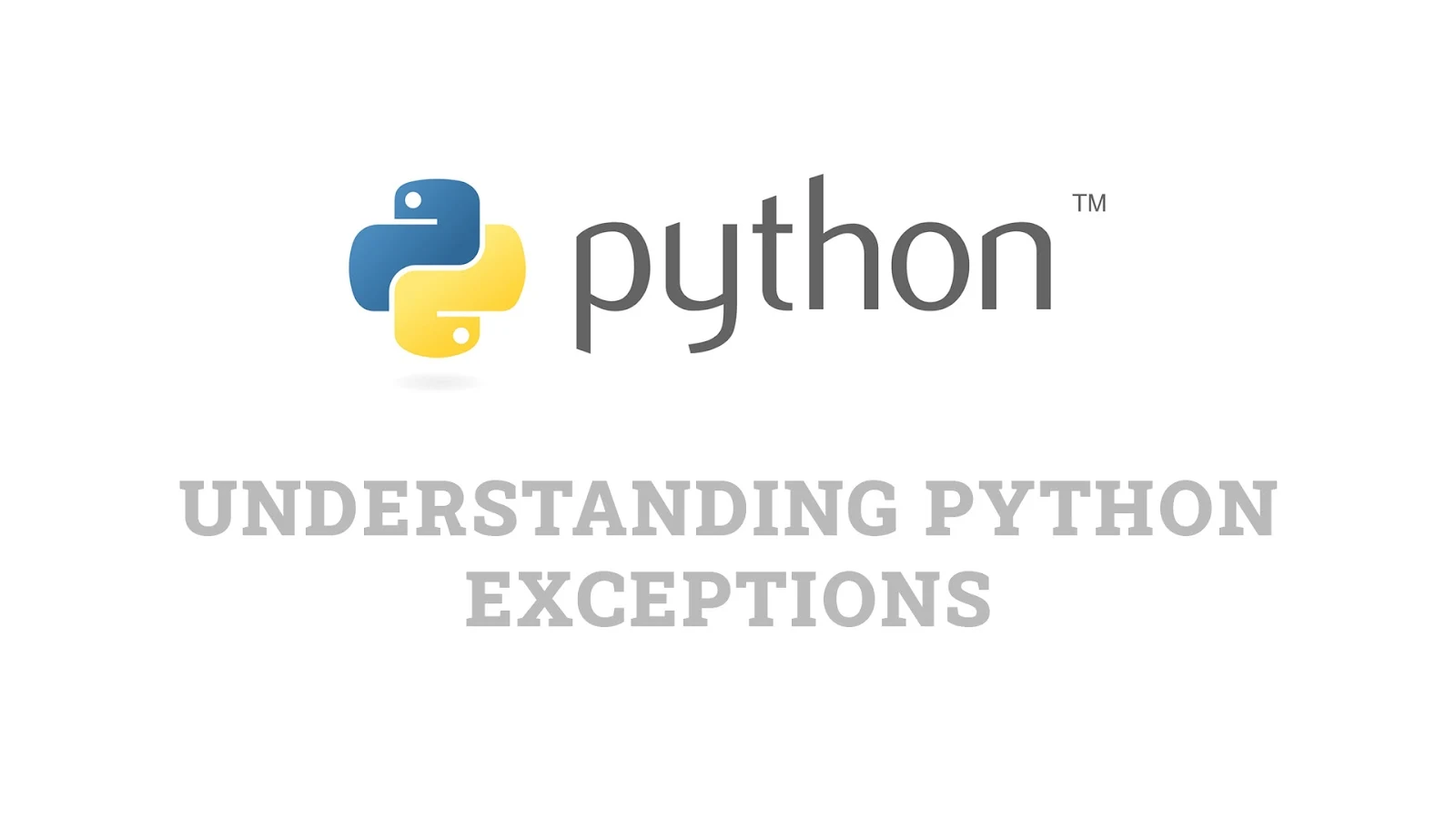Overview
Exceptions in Python are errors that disrupt the normal flow of a program's execution. Instead of crashing the program, Python provides mechanisms to handle exceptions gracefully, ensuring robustness and stability. This article delves into the basics of exceptions, their types, and how to handle them effectively to write reliable and error-resilient code.
What Are Exceptions?
An exception is an event that occurs during the execution of a program and disrupts its normal flow. Unlike syntax errors, which are detected during compilation, exceptions occur during runtime.
For example, attempting to divide by zero or accessing an undefined variable triggers an exception:
# Example of an exception
print(10 / 0) # Raises ZeroDivisionErrorCommon Python Exceptions
Python comes with a variety of built-in exceptions. Here are some common ones:
ZeroDivisionError: Raised when dividing by zero.ValueError: Raised when a function receives an argument of the correct type but an inappropriate value.TypeError: Raised when an operation or function is applied to an object of inappropriate type.KeyError: Raised when a dictionary key is not found.IndexError: Raised when accessing an invalid index in a list or sequence.FileNotFoundError: Raised when trying to access a file that does not exist.ImportError: Raised when an import statement fails to find the specified module.
Basic Exception Handling with try and except
The try and except blocks are used to catch and handle exceptions. Here’s the basic syntax:
# Basic exception handling
try:
result = 10 / 0
except ZeroDivisionError:
print("Error: Division by zero is not allowed.")
In this example, the program catches the ZeroDivisionError and displays a friendly error message instead of crashing.
Handling Multiple Exceptions
You can handle multiple exceptions using separate except blocks or by combining them in a tuple:
1. Using Separate except Blocks
# Handling multiple exceptions
try:
value = int("text")
except ValueError:
print("Error: Invalid value.")
except TypeError:
print("Error: Type mismatch.")2. Combining Exceptions
# Combining exceptions
try:
value = int("text")
except (ValueError, TypeError) as e:
print(f"Error: {e}")Using else and finally
The else block executes if no exception occurs, while the finally block executes regardless of whether an exception occurs. This ensures cleanup actions are performed.
# Using else and finally
try:
file = open("example.txt", "r")
content = file.read()
except FileNotFoundError:
print("Error: File not found.")
else:
print("File content:", content)
finally:
print("Closing the file.")
file.close()Raising Exceptions
You can manually raise exceptions using the raise statement. This is useful for custom error handling.
# Raising an exception
def check_age(age):
if age < 0:
raise ValueError("Age cannot be negative.")
print("Age is valid.")
try:
check_age(-5)
except ValueError as e:
print(f"Error: {e}")Custom Exceptions
Python allows you to define custom exceptions by creating a new exception class that inherits from the built-in Exception class:
# Defining a custom exception
class CustomError(Exception):
def __init__(self, message):
super().__init__(message)
# Raising a custom exception
try:
raise CustomError("This is a custom error message.")
except CustomError as e:
print(f"Custom Error Caught: {e}")Best Practices for Exception Handling
- Be Specific: Catch specific exceptions rather than a generic
Exception. - Avoid Silent Failures: Always log or handle exceptions instead of suppressing them.
- Use
finallyfor Cleanup: Ensure resources like files or connections are closed properly. - Don’t Overuse Exceptions: Use exceptions for exceptional cases, not as part of regular logic flow.
- Leverage Logging: Use the
loggingmodule to record exception details for debugging.
Common Pitfalls and How to Avoid Them
- Using Generic Exceptions: Avoid using
except Exceptionunless absolutely necessary. - Ignoring Exceptions: Always handle exceptions appropriately instead of ignoring them.
- Raising Exceptions Without Context: Provide meaningful error messages when raising exceptions.
Conclusion
Understanding and handling exceptions in Python is critical for building robust and user-friendly applications. By mastering try, except, else, and finally blocks, as well as creating custom exceptions, you can anticipate and gracefully handle errors, ensuring a seamless user experience. Start implementing these best practices in your projects today!
 Reviewed by Curious Explorer
on
Monday, January 13, 2025
Rating:
Reviewed by Curious Explorer
on
Monday, January 13, 2025
Rating:




No comments: